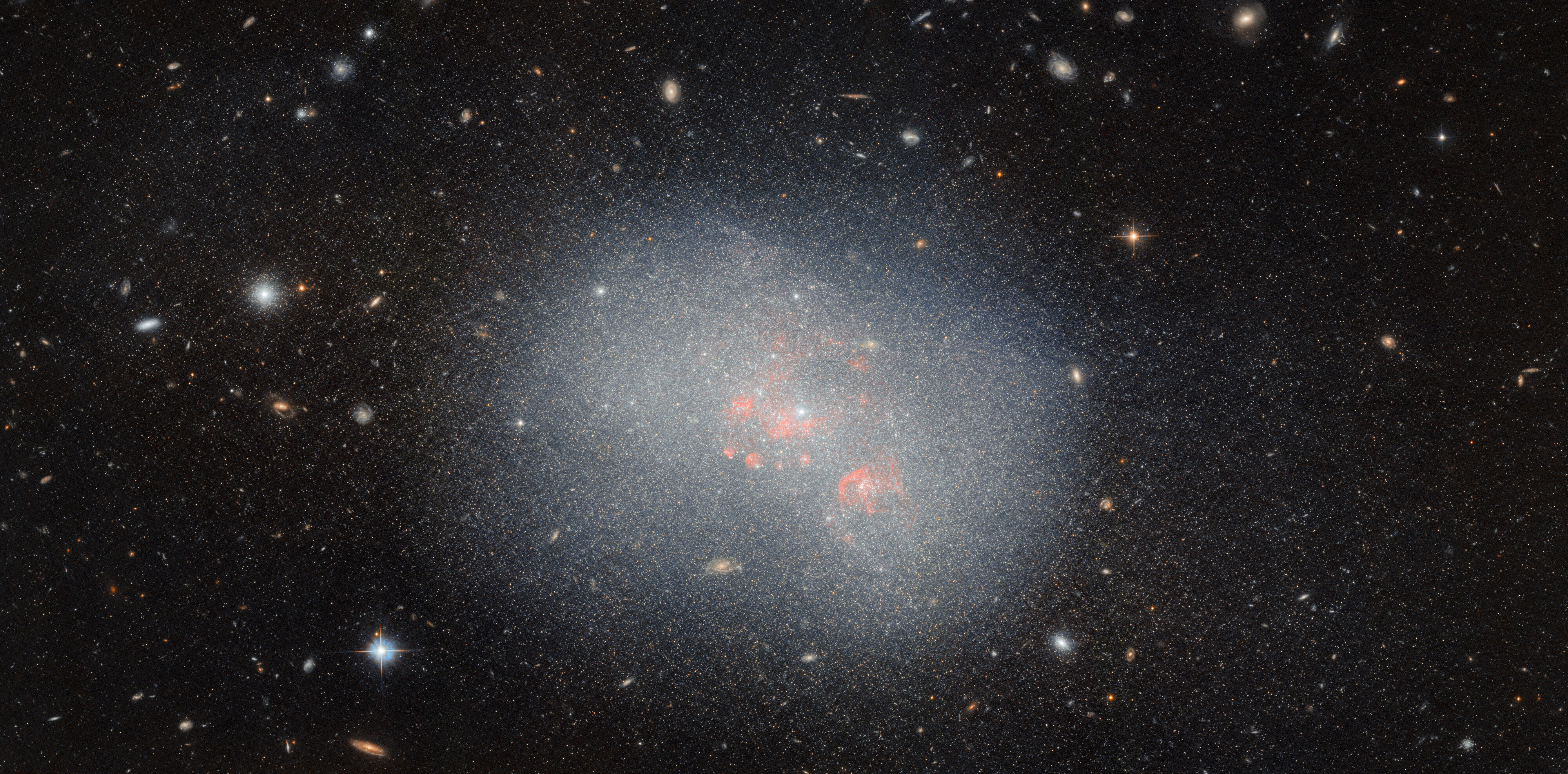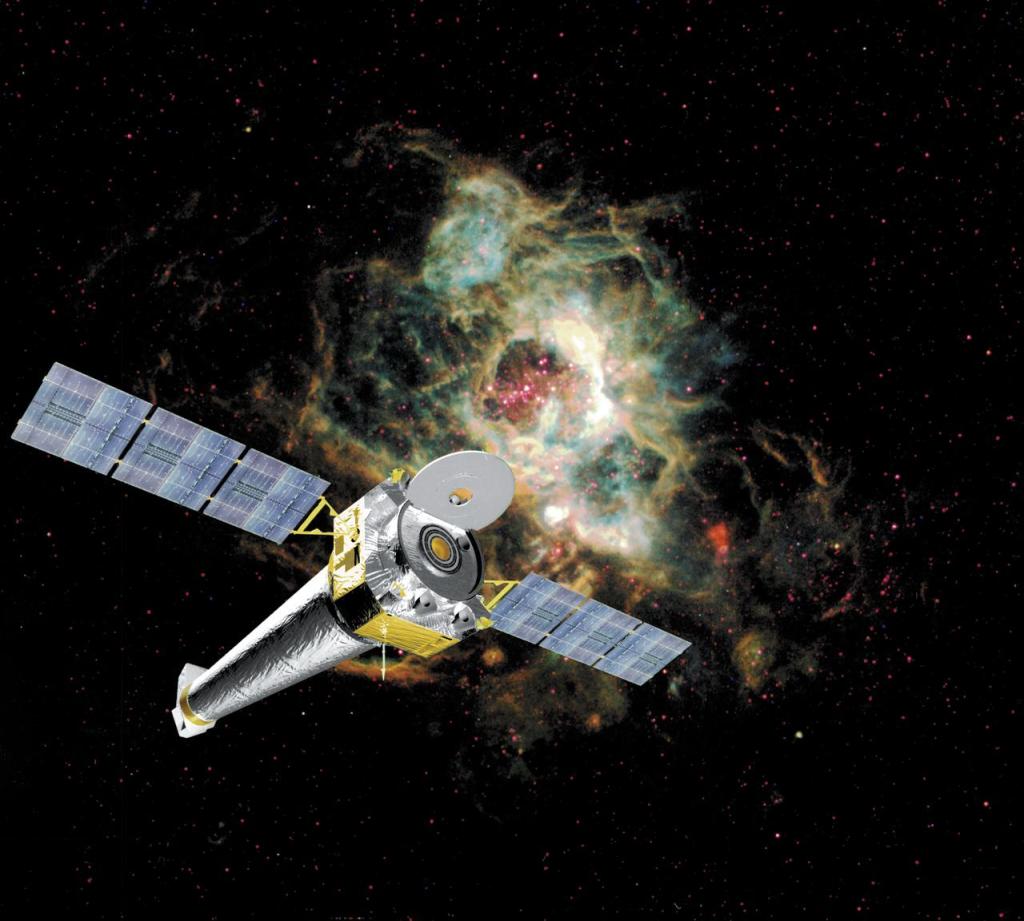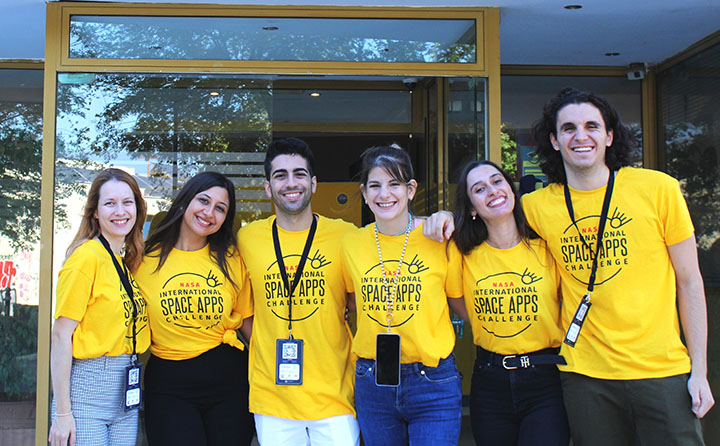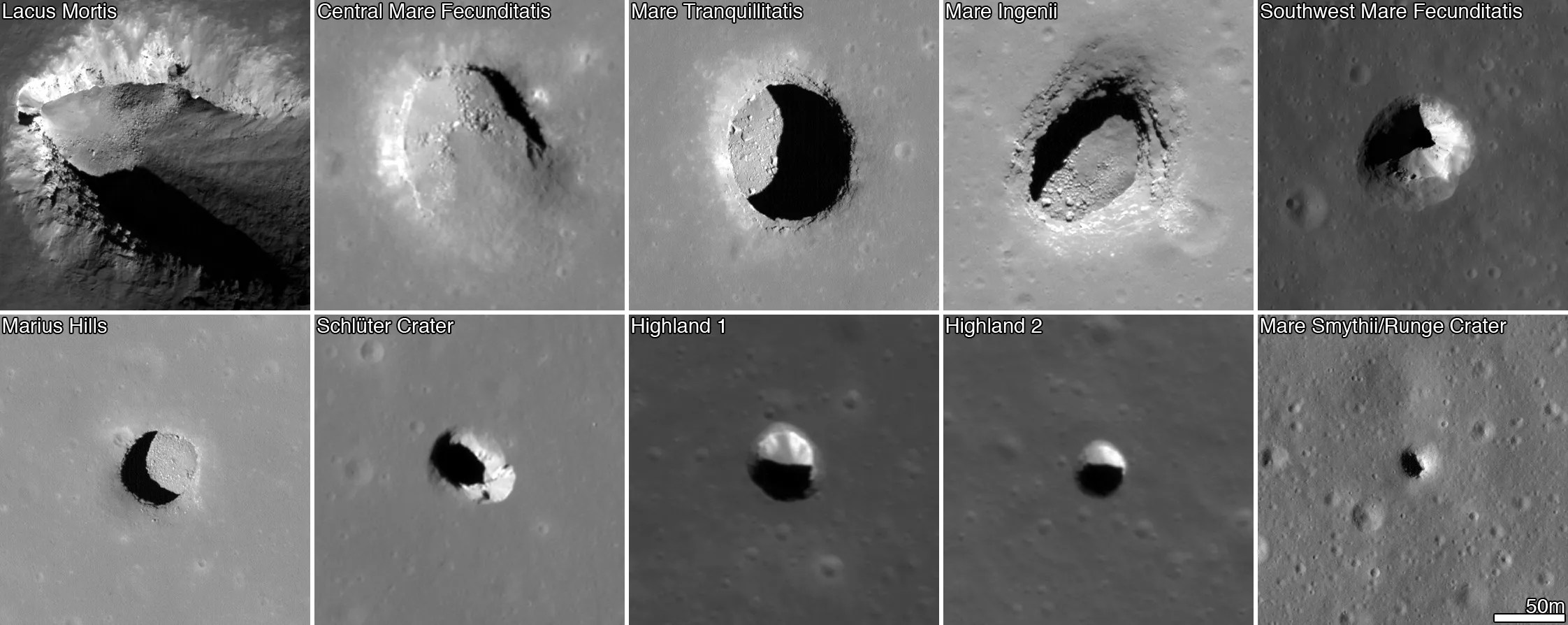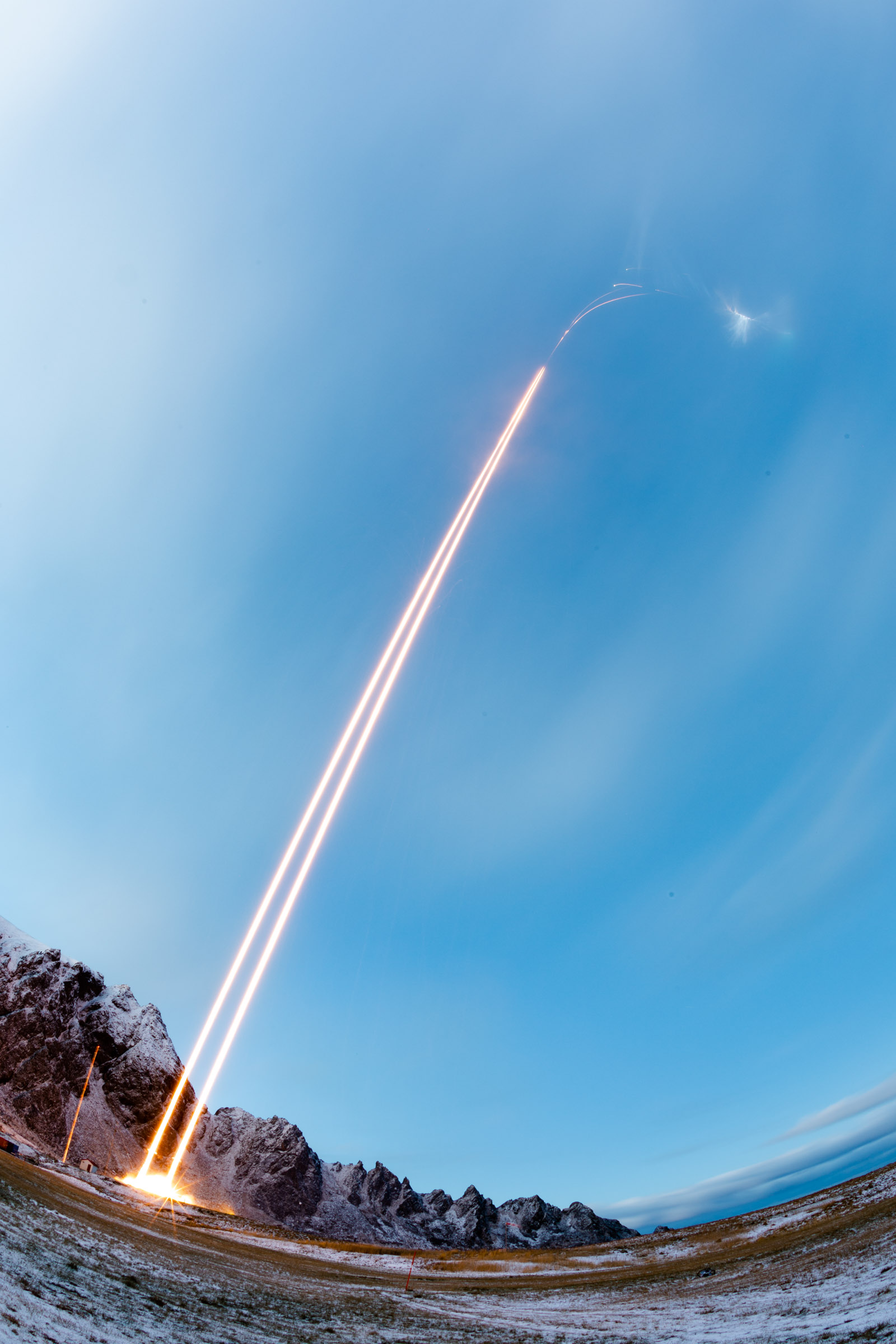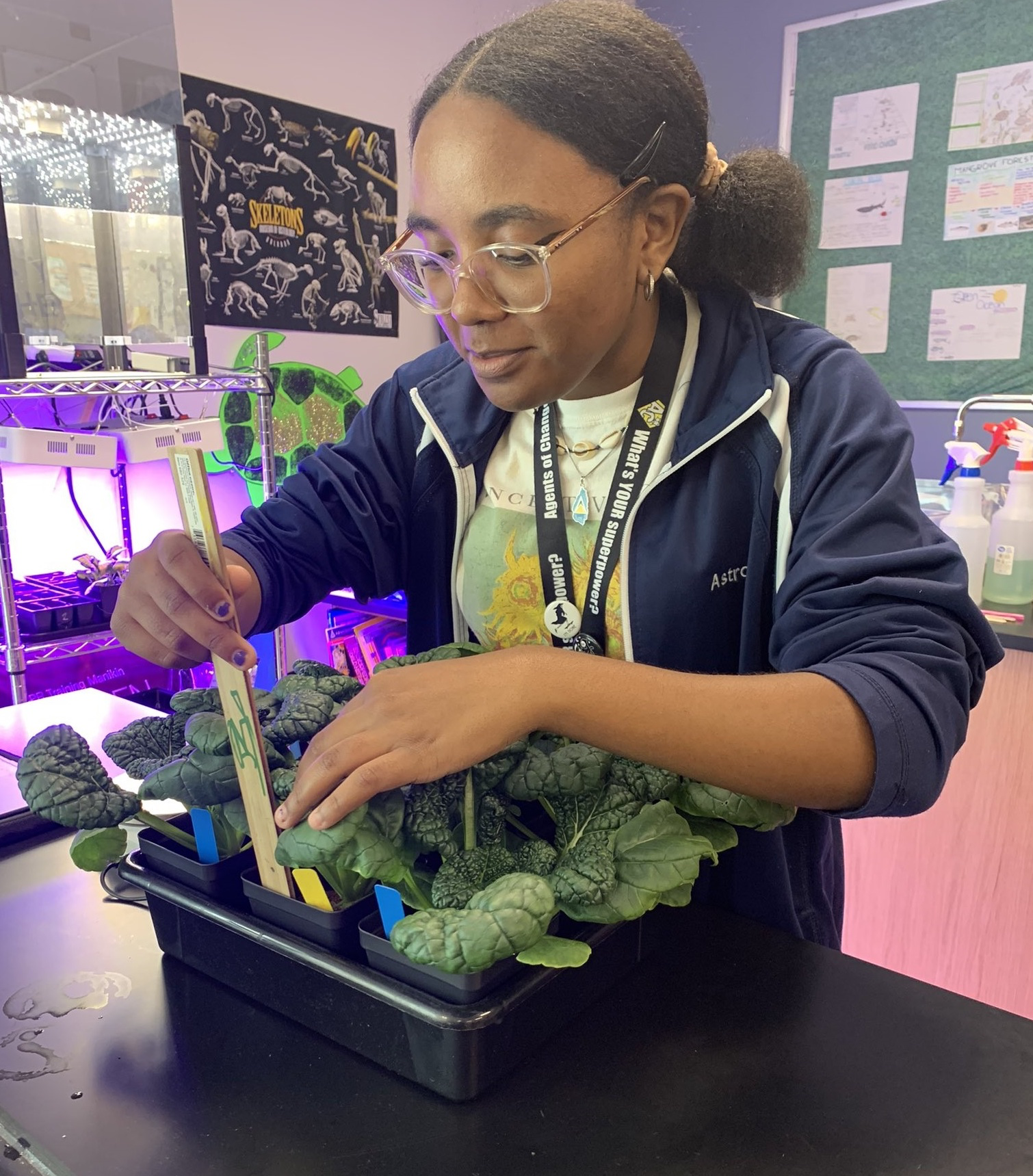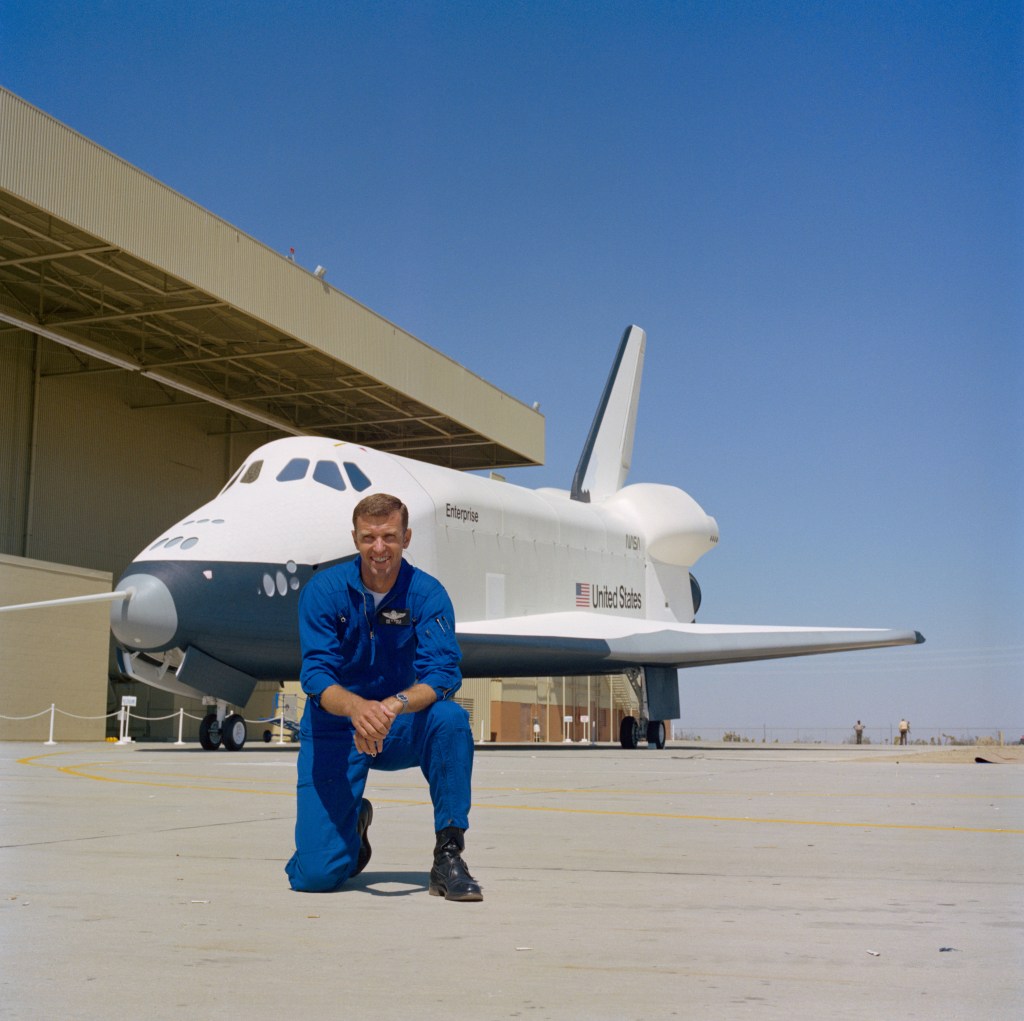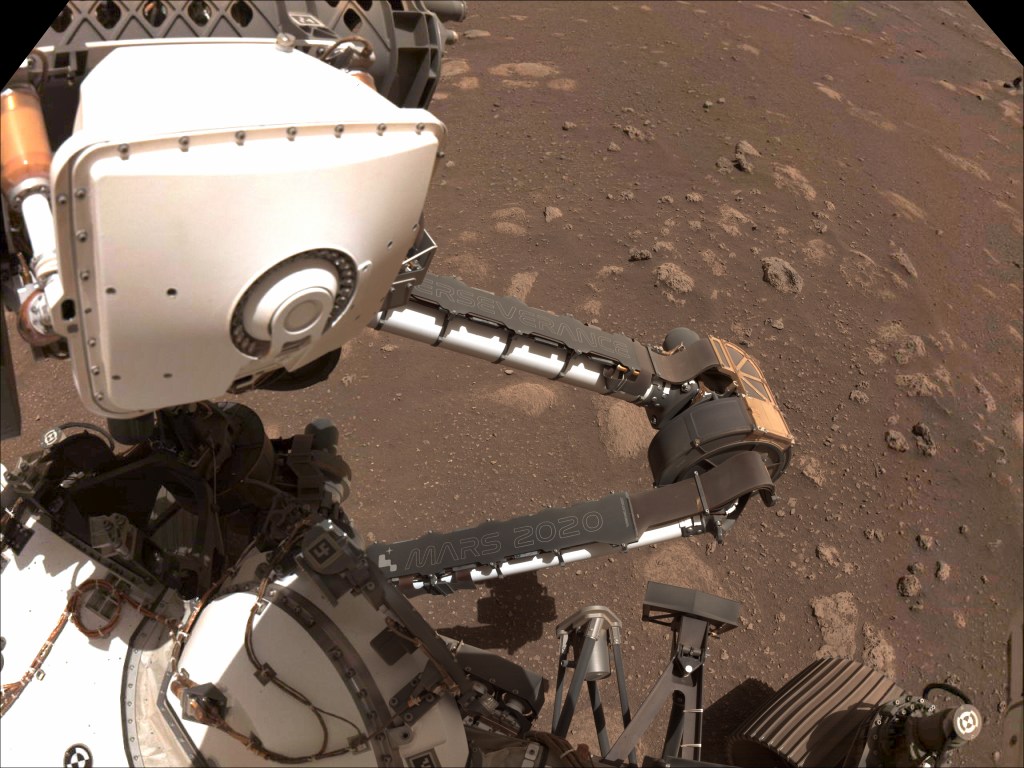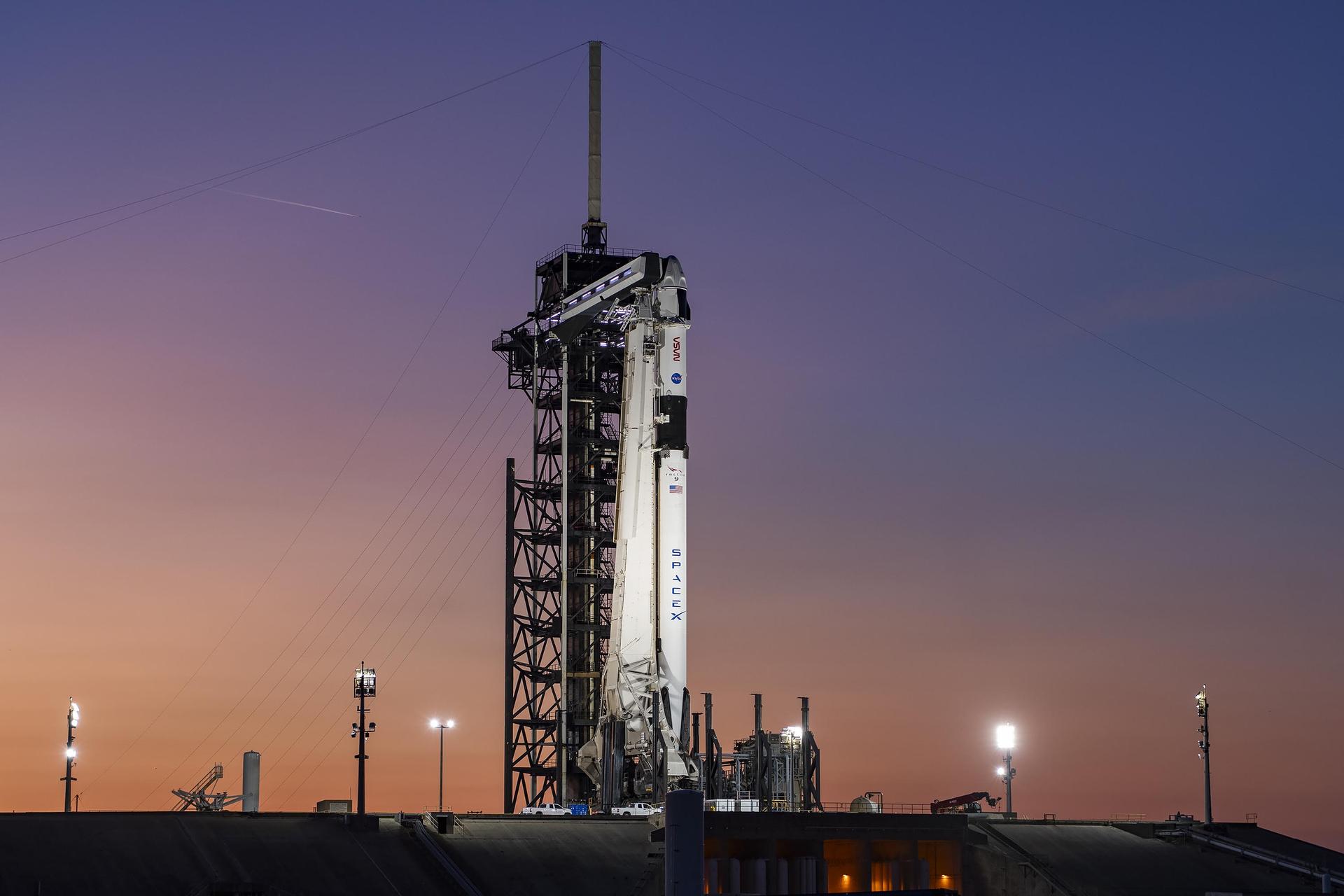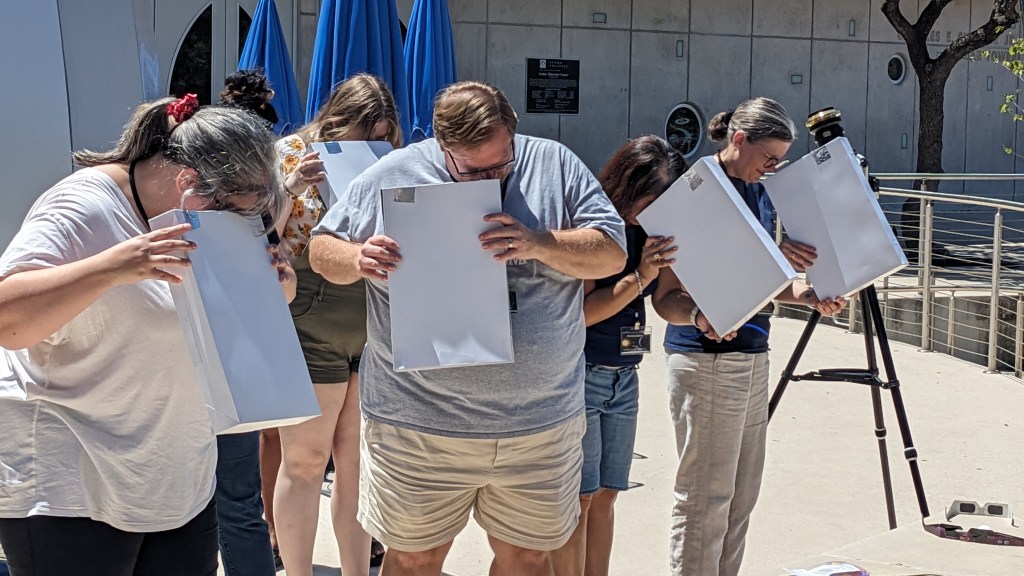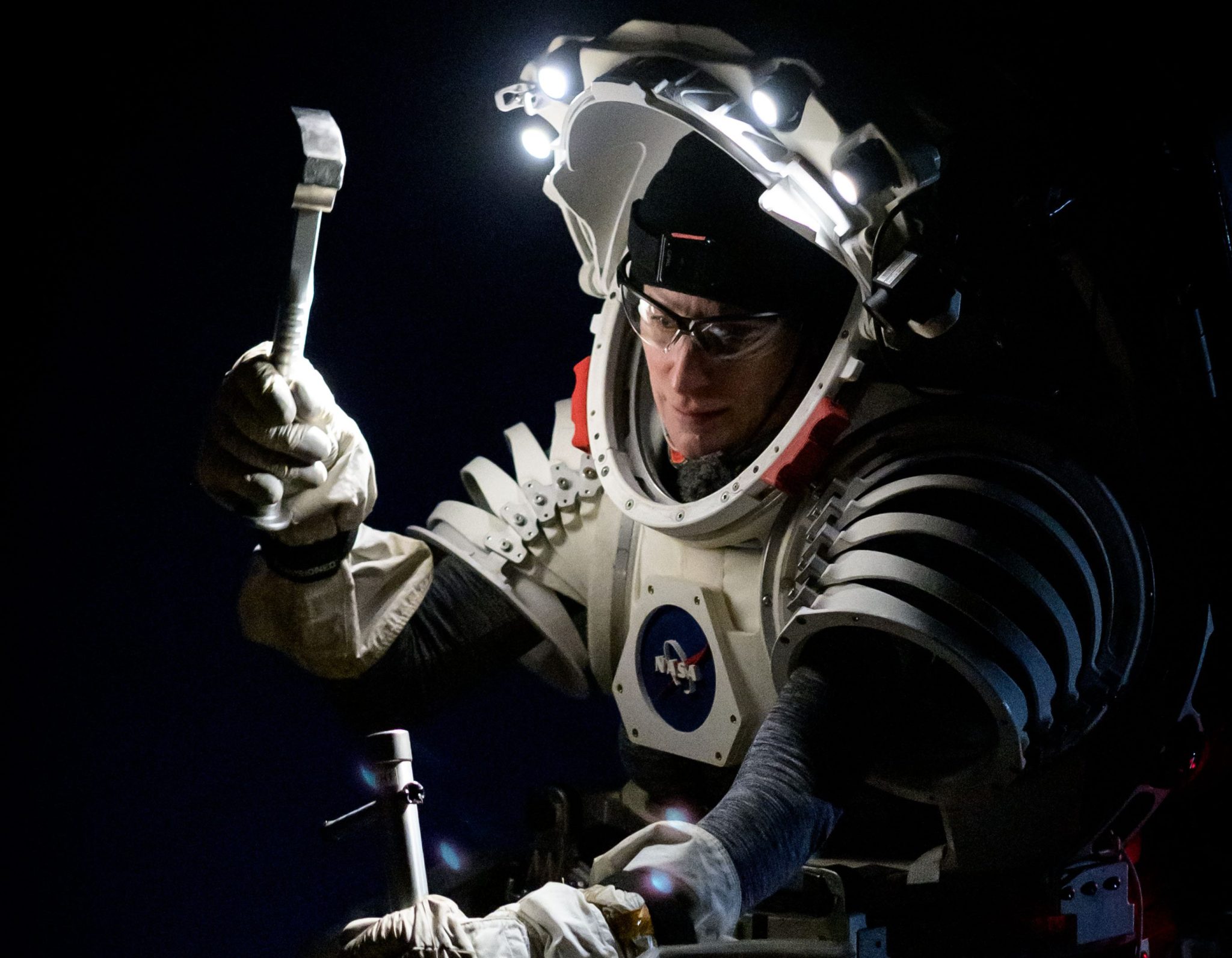
This spring, NASA published a document overviewing almost 200 technology areas requiring further development to meet future exploration, science, and other mission needs – and asked the aerospace community to rate their importance. The goal was to better integrate the community’s most pervasive technical challenges, or shortfalls, to help guide NASA’s space technology development and investments.
Today, NASA’s Space Technology Mission Directorate (STMD) released the 2024 Civil Space Shortfall Ranking document, integrating inputs from NASA mission directorates and centers, small and large industry organizations, government agencies, academia, and other interested individuals. STMD will use the inaugural list and annual updates as one of many factors to guide its technology development projects and investments.
“Identifying consensus among challenges across the aerospace industry will help us find solutions, together,” said NASA Associate Administrator Jim Free. “This is the groundwork for strengthening the nation’s technological capabilities to pave the way for new discoveries, economic opportunities, and scientific breakthroughs that benefit humanity.”
The integrated results show strong stakeholder agreement among the 30 most important shortfalls. At the top of the list is surviving and operating through the lunar night, when significant and sustained temperature drops make it difficult to run science experiments, rovers, habitats, and more. Solution technologies could include new power, thermal management, and motor systems. Second and third on the integrated list are the need for high-power energy generation on the Moon and Mars and high-performance spaceflight computing.
The inputs received are already igniting meaningful conversations to help us and our stakeholders make smarter decisions. We will refine the process and results annually to ensure we maintain a useful approach and tool that fosters resilience in our space technology endeavors.”
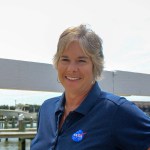
Michelle Munk
Acting Chief Architect for STMD
Highly rated capability areas in the top 20 included advanced habitation systems, autonomous systems and robotics, communications and navigation, power, avionics, and nuclear propulsion. Beyond the top quartile, stakeholder shortfall scores varied, likely aligning with their interests and expertise. With many shortfalls being interdependent, it emphasizes the need to make strategic investments across many areas to maintain U.S. leadership in space technology and drive economic growth.
STMD is evaluating its current technology development efforts against the integrated list to identify potential adjustments within its portfolio.
“This effort is an excellent example of our directorates working together to assess future architecture needs that will enable exploration and science for decades to come,” said Nujoud Merancy, deputy associate administrator for the Strategy and Architecture Office within NASA’s Exploration Systems Development Mission Directorate.
The 2024 results are based on 1,231 total responses, including 769 internal and 462 external responses. Twenty were consolidated responses, representing multiple individuals from the same organization. Once average shortfall scores were calculated for each organization, STMD grouped, totaled, and averaged scores for nine stakeholder groups and then applied pre-determined weights to each to create the overall ranking. In the document, NASA also published the ranked results for each stakeholder group based on the 2024 feedback.
The rankings are based on the numerical scores received and not responses to the open-ended questions. NASA anticipates the qualitative feedback will uncover additional insights and more.
NASA will host a webinar to overview the ranking process and results on July 26, 2024, at 2 p.m. EDT.
“Communicating our most pressing technology challenges is a great way to tap into the abilities across all communities to provide solutions to critical problems,” said Dr. Carolyn Mercer, chief technologist for NASA’s Science Mission Directorate.
To learn more about the inaugural civil space shortfall feedback opportunity and results as well as monitor future feedback opportunities, visit:



